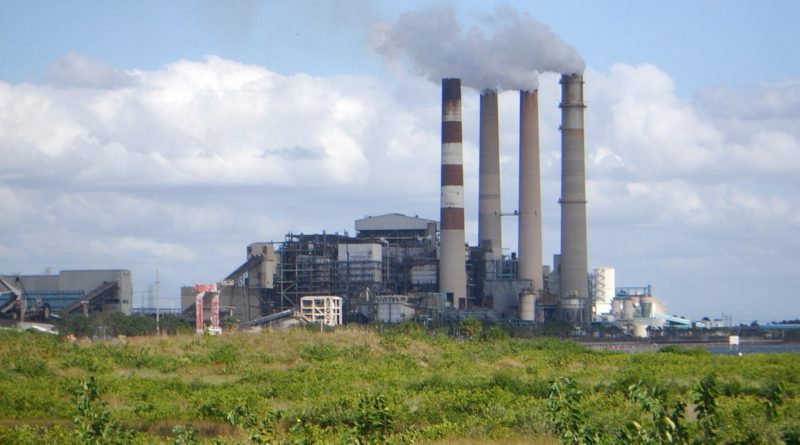Phytobonification: for a recovery of soil fertility
Phytobonification: for a recovery of soil fertility
Modern agriculture and the industrialization of vast areas of our country have led to a deterioration of the soils that often require hundreds (or thousands in some cases) of years for a full recovery. Should we therefore consider abandoning these areas totally?
Fortunately there are some techniques of phytoremediation (or phytobonification) that can meet us. This is a technique devised around the middle of the last century that allows for some agro engineering techniques to reclaim and then restore, in a shorter time, land for agricultural or forestry purposes.
This technique makes use of the insertion of plant species that carry out that feed on heavy metals and organic compounds, gradually subtracting them from the ground, which, in fact, reduces the concentration of these elements in much shorter times.
Without going into the merits of the species that serve this “mission” and for which a careful vegetational and ecological study must be done, it is evident that the benefits of using phytoremediation are of incredible use and perspective. Phytobonification in fact is part of the techniques with low environmental impact and very low cost (comparing them to the usual soil reclamation techniques) and can be used alone or in addition to the fight against desertification and therefore to the increase of soil fertility and, for more, if well conducted does not take away agricultural land, rather regenerates it.
But there is more with the phytobonification techniques you can increase the amount of biomass obtainable in the areas concerned and / or obtain different materials useful for use in green building, as well as fibers for natural fabrics and paper.
Does it seem enough? There is more; by means of the phytobonification the extracted heavy metals can be put back into circulation (with particular procedures that are not particularly complicated) in order to make renewable some resources such as those of heavy metals that are extracted today from renewable sources.
It is clear that the techniques then recovery of heavy metals (or even radioactive waste) must be treated from time to time and assessed for their risk and danger by experts in the various sectors. But it is the future; once again Nature can give us answers and resources that the industrial model must still assimilate and understand.
Phytobonification, far from being a technique without difficulties in applications, however, is a field of absolute interest and perhaps we have to knock on the door of Politics to give the right attention and facilities to its use.
Guido Bissanti

